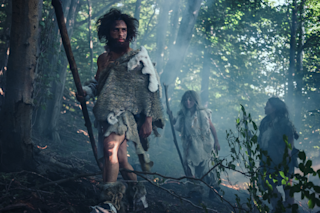We know that (with the exception of the poles) the Americas were the last two continents that humans called home. We also know that from an archeological perspective, neither North or South America was inhabited that long ago — specifically, only around 25,000 years ago.
Modern humans came together in central Asia, around Mongolia, and then journeyed to North America during a period called the Last Glacial Maximum, in the last phase of the Pleistocene epoch. At the time, water levels were much lower because much of the ocean was trapped in glaciers, resulting in a massive land bridge between Asia and Alaska.
Read More: When Did Humans Reach North America? The Question Keeps Growing More Complex
Research points to complex sets of migration routes that led to settlements throughout the Americas. Archeologists already understand how the peopling of South America was the result of a north-to-south migration; but new ...















